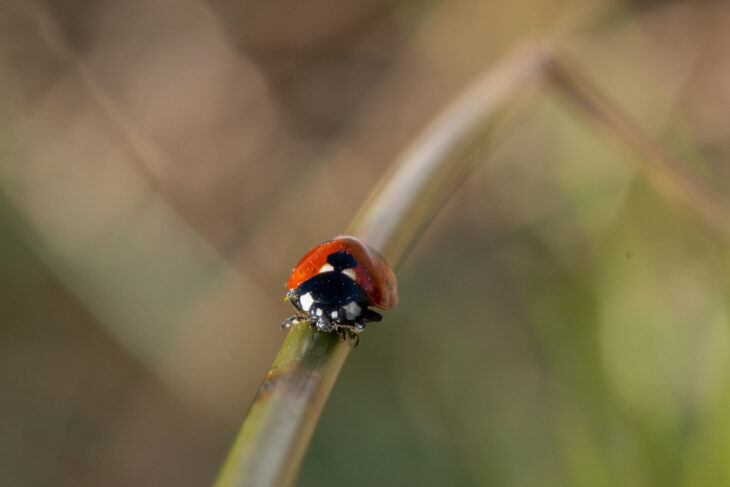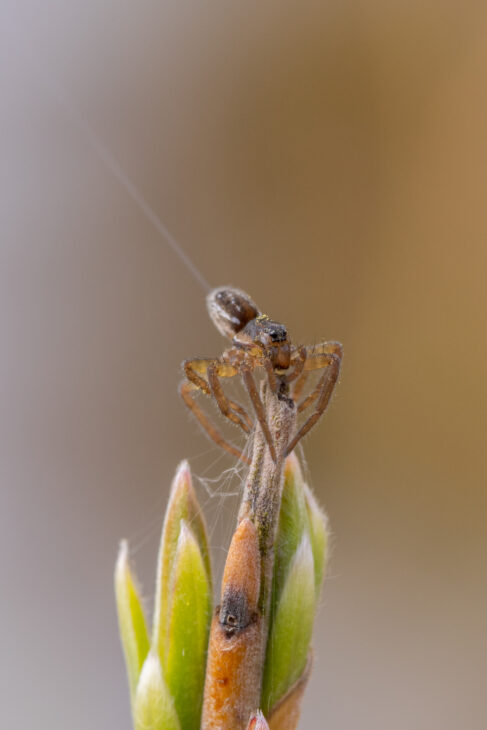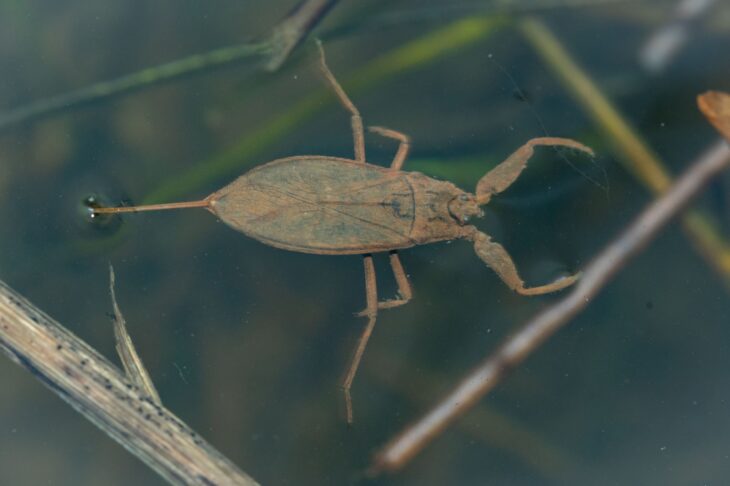Who are your minibeast neighbours?
Today’s guest post comes from local wildlife photographer, Daryl Smith, who has been on the lookout for the creepy-crawlies we usually ignore.
Just like the rest of you, my lifestyle has suddenly come to a halt. Our boundaries have been restricted, our world has been temporarily closed off. As a wildlife watcher/photographer this has been difficult to accept, as there is nothing I love more than grabbing my camera and heading off around the country in search of the amazing wildlife that Scotland has to offer.
But, in light of being restricted to my back garden and local walks, I have managed to explore the world that has been literally right on my doorstep. The world of invertebrates.
Invertebrates are animals without backbones, which include insects, bugs, spiders and worms. There are more types of invertebrates in the world than all other types of animals put together – in the UK alone there are over 30,000 different species. But because they are so small, we rarely notice how amazing they really are.

Minibeasts can be found almost anywhere: under rocks or logs, in trees, grass and bushes, or in ponds and rivers. Even in your own home. We have our daylight dwellers and we have our nocturnal species. We have our herbivores and we have our carnivores. Some fly, some swim, some can do both. They come in all sorts of shapes, sizes and colours. The diversity seems infinite.
Many people are afraid of insects, perhaps because of their creepy appearance. But many possess unique special abilities. Take a honey bee for example. Honey bees communicate with one another by performing a series of movements known as the “waggle dance” to tell each other the location of food or the direction home to the colony.
I actually had a colony of tree bumble bees nest in my garden last year. I have a small bird box attached to my fence, and was hoping to get a bird to use it, but to my surprise I got bees instead. It was fascinating to watch them all summer swarming around my garden. Not many know this, but males actually don’t have stingers, so they are harmless.
Another natural wonder I love to watch is a spider spin an orb-web. An orb-web is the wheel shaped, concentric web with spokes extending from the centre. It truly amazes me how easy they make it look to construct such a delicate magnificent structure.

My personal favourite sighting this year however has to be the water scorpion. It is not a true scorpion, but has the appearance of one. Water scorpions have two pincer-like legs at the front for catching their prey and have a tail which acts as a snorkel, instead of a stinger, so they can breathe under water.

There are literally thousands of insects out there in our gardens and parks. Far too many for all to get a mention on here. Even in my small garden, I have found almost 50 different species of invertebrates this year and we haven’t even hit summer yet. A minibeast hunt is a great way to get up close to admire nature. So why not try it yourself? Grab a magnifying glass and go out exploring in your garden or on your local walks. See how many species you can find, watch their behaviour and see if they have any unique skillsets. You never know, you may just change your opinion on these fascinating creepy crawlies.
Daryl Smith: Wildlife Photographer
Help protect Scotland’s wildlife
Our work to save Scotland’s wildlife is made possible thanks to the generosity of our members and supporters.
Join today from just £3 a month to help protect the species you love.
Preface
Today’s guest post comes from local wildlife photographer, Daryl Smith, who has been on the lookout for the creepy-crawlies we usually ignore. Just like the rest of you, my …
